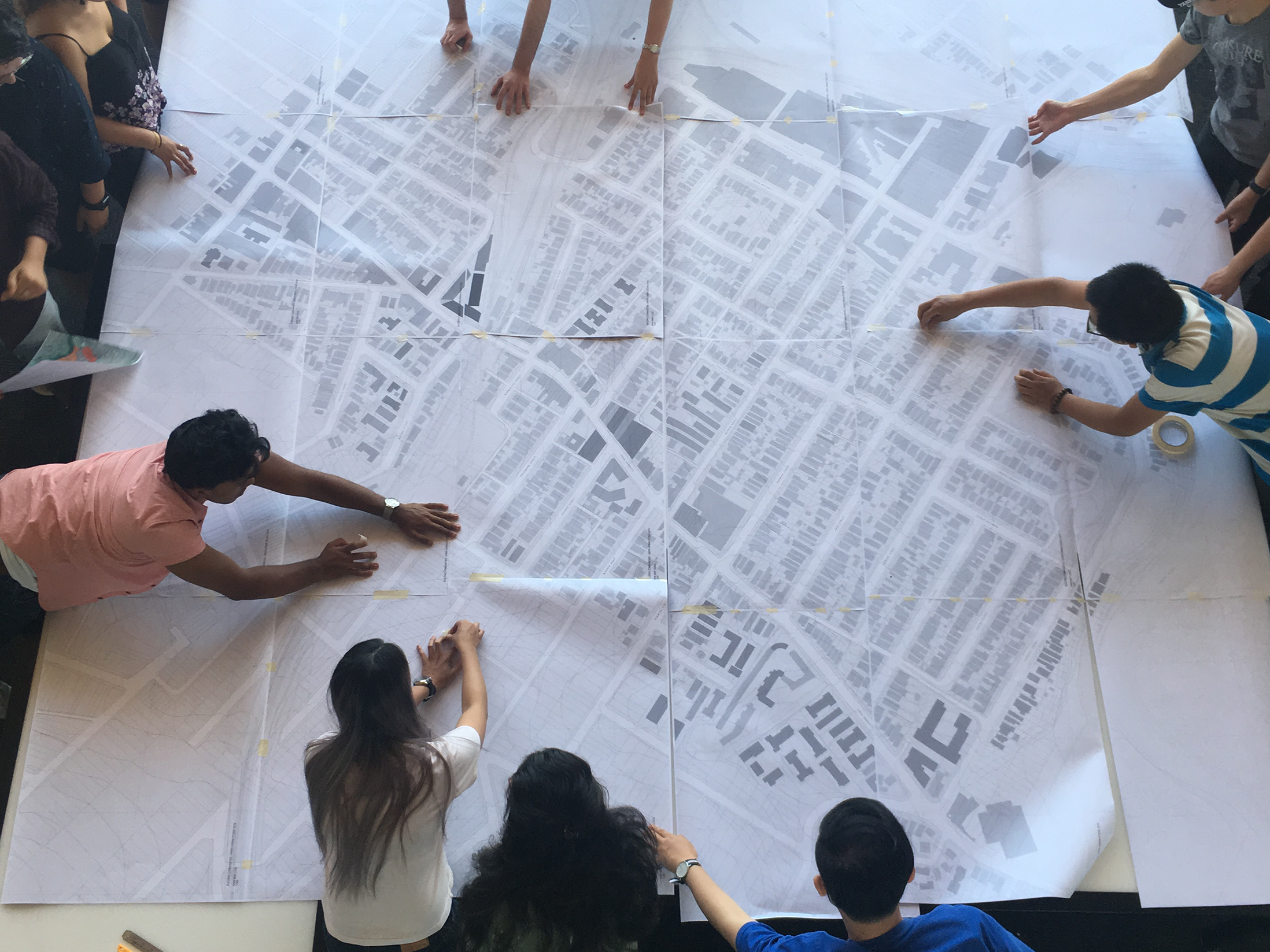Designing hope: The role of architecture education in the climate crisis
Educators Naomi Stead, Philip Oldfield and Chris Knapp ask what students need to learn now in order to bring sustainable techniques to the profession in a radically different future.

